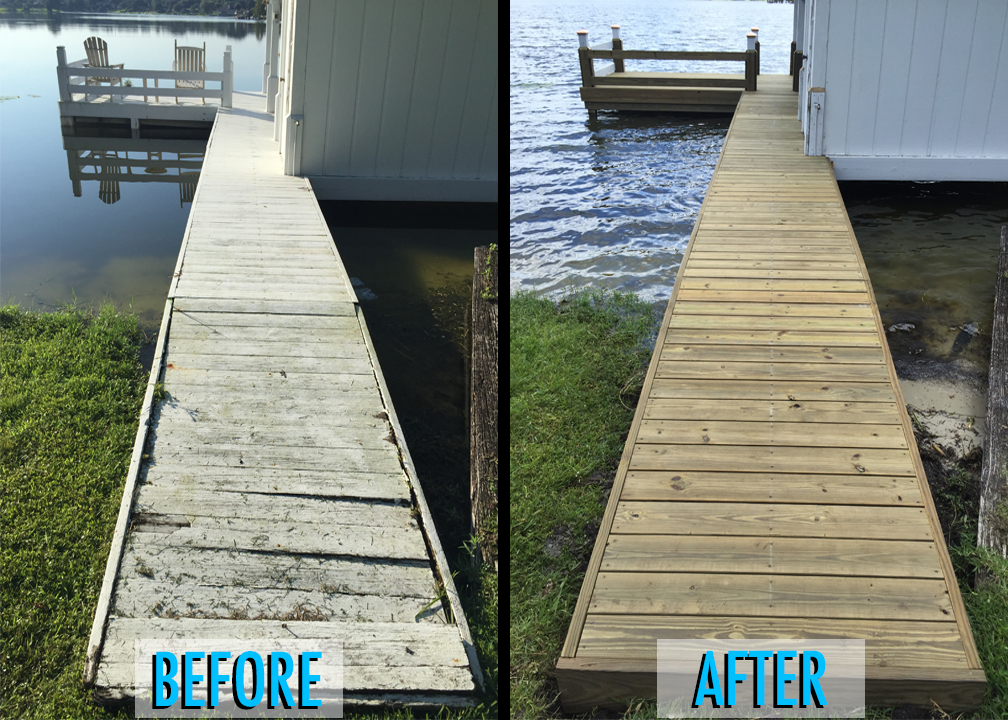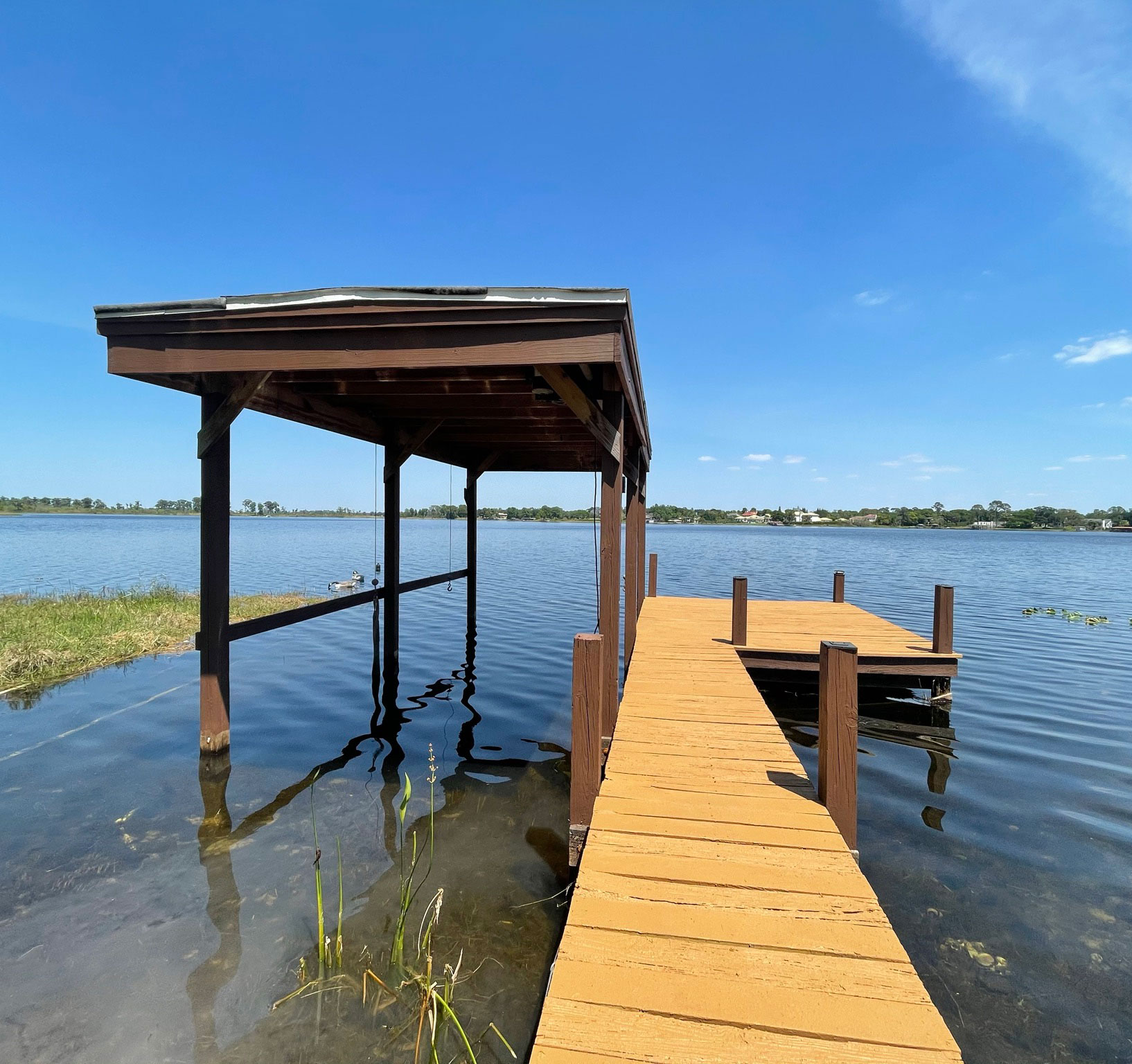Common Concerns That Lead to Pricey Dock Repairs
Common Concerns That Lead to Pricey Dock Repairs
Blog Article
Reliable Dock Repair Service Techniques: Ensuring Structural Stability
Making sure the structural integrity of docks with efficient repair service methods is critical for the long life and safety of marine centers. This includes a multi-faceted technique beginning with comprehensive inspections making use of advanced modern technologies like finder tools and from another location operated automobiles (ROVs) to detect both noticeable and concealed damages. Ultimately, choosing the appropriate repair work materials, such as corrosion-resistant alloys and composite materials, is critical for toughness. Architectural reinforcement approaches, including the execution of cross-bracing systems and load-distribution plates, play a vital function in mitigating stress factors. The value of these strategies comes to be noticeable when discovering sophisticated fixing approaches and preventative maintenance techniques.
Evaluating Dock Damages
Evaluating dock damages is a crucial first action in making sure the architectural integrity and security of any type of docking facility. Secret elements to examine consist of the dock's foundation, pilings, decking, and equipment (Dock Repairs).
Architectural engineers or certified inspectors typically execute these assessments making use of specialized methods and devices. Underwater inspections might employ sonar tools or from another location ran lorries (ROVs) to find submerged damages. Above water, aesthetic evaluations are matched by using dampness meters and various other analysis devices to discover underlying concerns not quickly noticeable to the naked eye.

Choosing Repair Work Materials
Choosing the suitable repair service materials is a crucial action in the dock remediation procedure, one that straight affects the longevity and efficiency of the fixed framework. Material choice have to be driven by variables such as environmental problems, load-bearing demands, and compatibility with existing dock parts. Wood is a standard choice for docks due to its natural durability and aesthetic allure. However, choosing the ideal sort of timber, such as pressure-treated lumber or normally rot-resistant species like cedar or teak wood, is vital to withstand water environments.
Along with wood, composite products are significantly preferred due to their sturdiness and reduced maintenance requirements. Compounds, commonly made from a blend of plastic and timber fibers, provide excellent resistance to rot, bugs, and UV damage. For steel docks, picking corrosion-resistant alloys such as galvanized steel or marine-grade aluminum is important to prevent rust and guarantee architectural integrity in saline water problems.
Epoxy resins and marine-grade sealers are important for fixing fractures and sealing joints, supplying a waterproof barrier and enhancing the dock's overall strength. By meticulously choosing premium products, dock repair services can achieve durable results, thereby safeguarding versus future deterioration and making certain risk-free, dependable usage.
Architectural Reinforcement Strategies
Effective structural support techniques are critical in ensuring the security and longevity of dock fixings. One fundamental method entails the usage of steel or composite reinforcement bars (rebar) within concrete structures. Rebar offers additional tensile toughness, avoiding fractures and distributing loads a lot more uniformly. This approach is specifically efficient for anchors subjected to hefty tons or severe ecological problems.
Another important technique is the application of fiber-reinforced polymers (FRP) These materials use high strength-to-weight proportions and excellent resistance to rust, making them optimal for enhancing wooden or concrete anchors. FRP can be applied in strips or sheets and bonded with epoxy materials to boost structural stability.
Supporting and anchoring systems likewise play an important duty in architectural reinforcement. Cross-bracing, utilizing steel or wooden beam of lights, can counteract lateral pressures, minimizing swaying and activity. Securing systems, such as helical piers or driven heaps, offer a stable foundation by transferring loads to deeper, a lot more steady dirt layers.
Last but not least, the integration of load-distribution plates can help disperse weight much more evenly across the dock's surface, mitigating local tension points. These strategies jointly ensure that docks remain safe and durable, with the ability of withstanding the rigors of their Related Site functional atmosphere.
Advanced Fixing Approaches

An additional sophisticated strategy involves undersea welding, which allows for repairs to be conducted without the demand visit homepage to dewater the area. This approach is especially beneficial for dealing with architectural concerns in submerged dock components, making sure minimal disturbance to procedures. Boosted welding methods, combined with robotic systems, deliver precision and dependability, thereby prolonging the life-span of the dock.
Furthermore, cathodic protection systems are implemented to stop deterioration in metal dock frameworks. By utilizing sacrificial anodes or pleased present systems, these methods effectively mitigate the electrochemical procedures that result in product deterioration.
Finally, progressed monitoring modern technologies, such as structural health and wellness tracking (SHM) systems, provide real-time information on the condition of dock structures. These systems allow proactive maintenance and timely treatments, ultimately ensuring the lasting structural stability of the dock.
Maintenance and Avoidance
Maintenance and prevention are fundamental concepts that underpin the durability and safety and security of dock structures. Routine assessments are critical, enabling very early discovery of wear and tear, possible weak points, and environmental effects. A proactive strategy, entailing routine look for corrosion, rot, and structural changes, reduces expensive repair services and prolongs the dock's functional life.
Safety nets need to include applying protective finishings to metal components to defend against rust and utilizing treated timber to resist decay. Additionally, ensuring appropriate water drainage and air flow can stop water accumulation, which is a common root cause of structural deterioration. Integrating high quality materials and adhering to supplier standards throughout building and repair service phases also play vital duties in improving resilience.

Training workers in dock upkeep best techniques makes sure regular application of preventative actions. Leveraging technical advancements, such as drones for inspections and sensing units for real-time tracking, can even more boost upkeep efforts. By focusing on upkeep and avoidance, dock owners can make sure architectural stability, operational safety and security, and affordable administration over the dock's lifespan.
Verdict
To conclude, preserving the structural honesty of marine facilities requires thorough dock repair work strategies. Comprehensive examinations making use of sophisticated devices discover both noticeable and concealed damages, while the choice of ideal repair products improves resilience. Applying architectural reinforcement techniques addresses stress points properly. Advanced repair work techniques, coupled with normal maintenance practices, guarantee the dock remains operational and risk-free under varied ecological conditions. Taking on these techniques substantially extends the life-span and capability of marine facilities.
Ensuring the architectural stability of anchors via reliable repair work strategies is paramount for the durability and security of marine facilities.Selecting the ideal repair work materials is a pivotal action in the dock reconstruction procedure, one that straight affects the longevity and efficiency of the fixed framework.Efficient architectural support techniques are vital in making certain the stability and long life of dock repairs. By focusing on upkeep and prevention, dock owners can ensure structural integrity, operational safety and security, and economical administration over the dock's lifespan.
In conclusion, preserving the structural stability of aquatic facilities requires thorough dock repair service strategies.
Report this page